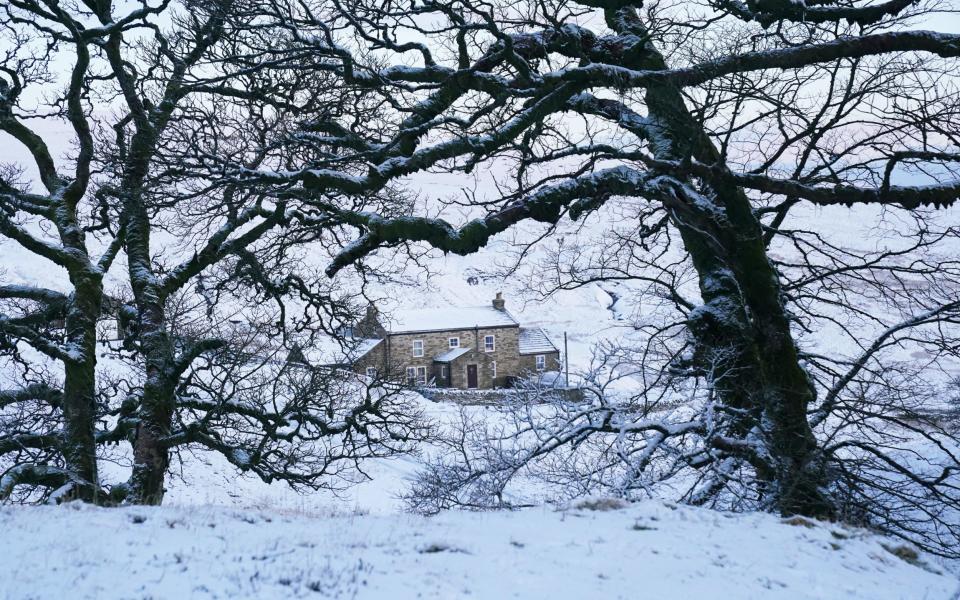Why March has felt so gloomy

March has officially been a gloomy month for much of England, with Exeter at the bottom of the sunshine league with less than ten hours so far.
Parts of southern England have had only a tenth of the average sunshine during the first two weeks of March, according to data from the University of Reading. Exeter and Yeovil had the least hours of sunshine so far, with 8.2 and 10.9 hours respectively in the month until March 14.
Overall, March has been around 2.5C below average temperatures, but has not been an unusually cold start to spring, the Met Office said. Peter Inness, a lecturer in the Meteorology Department at the University of Reading, said gloomy weather at the start of March could be giving the impression that the UK is experiencing a long, cold winter.
“The records show that actually this year hasn't been that unusual,” he said. “But the last week or so has been below normal for sunshine and well above normal for rainfall. So that will colour people's perceptions.”
A relatively cold start to the spring was more common in the years before climate change started bringing warmer temperatures, he said.
“Our perception of what normal is has changed a lot in the last 20 years,” he said. “Right at the end of the 1980s there was almost a switch from the much colder to much warmer spring temperatures in late February, March, and early April.”
The picture is less gloomy in the north of the UK, which has had significantly more sunshine, including parts of Scotland with 60 hours so far. Mr Inness said a band of high pressure coming from the Atlantic had left cloud cover over the south.
“Normally in March, we get weather systems coming in from the Atlantic that sweep through,” he said. “We've had high pressure that's just kind of been hanging around and keeping it cloudy for ten days or so.”
Guy Barter, the chief horticulturist from the Royal Horticultural Society, said a slow start to the spring was good news for plants and crops recovering from last year’s drought.
“There'll be a shorter period between April and September when the plants will be under stress. That's what we’re thinking,” he said. “One of the nice things is the cold holds back the flower buds of fruit trees and that's good. We don't want things like pears and plums flowering in March if we can possibly avoid it.
“In the south, we’ve had 20 per cent more rain than usual last autumn and in the early part of the winter. So that has come a long way to fixing the drought.”
He added: “Although there's a trend toward warming, British weather is notoriously variable and we haven't said goodbye to cold winters by any means.”

 Yahoo Sports
Yahoo Sports 